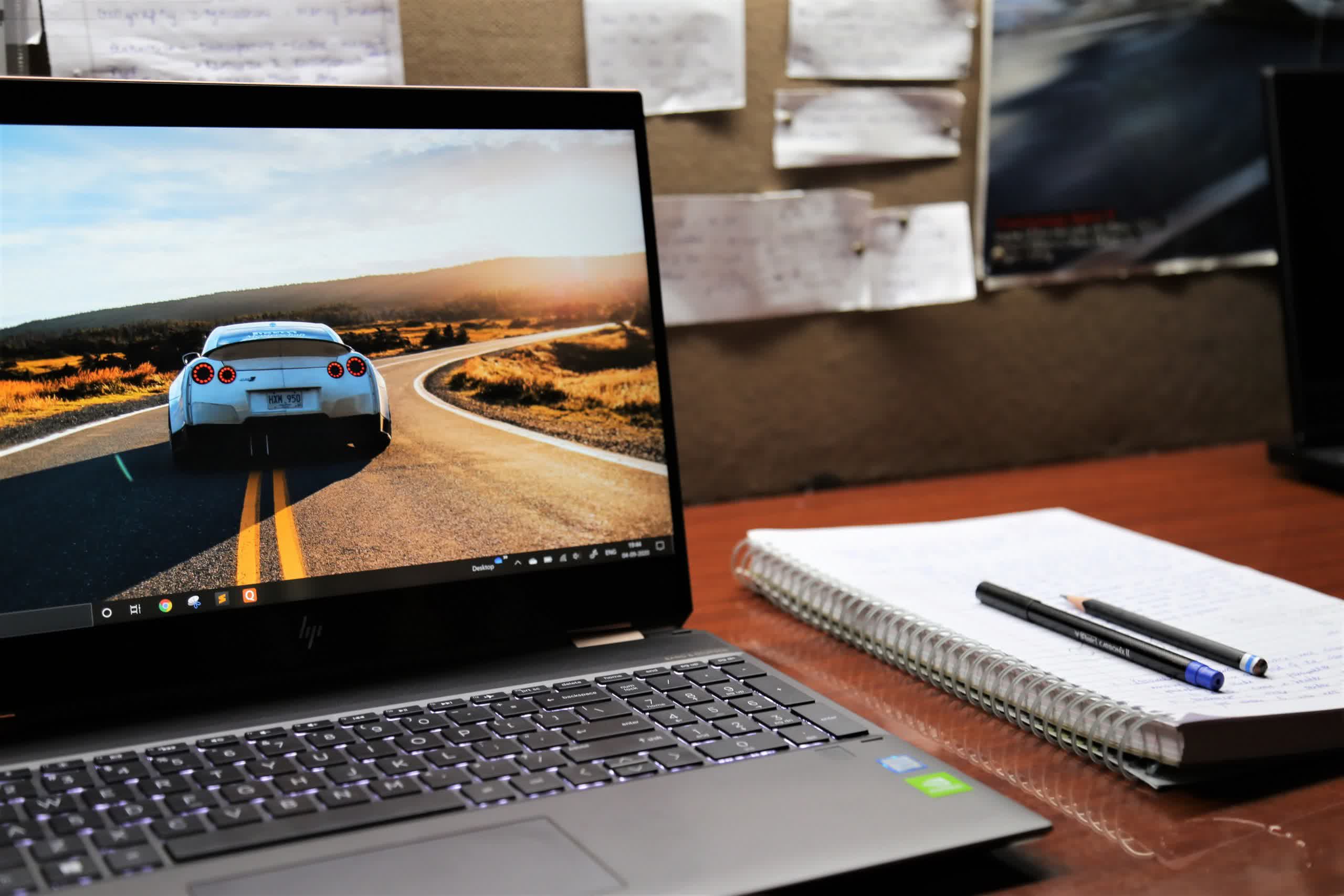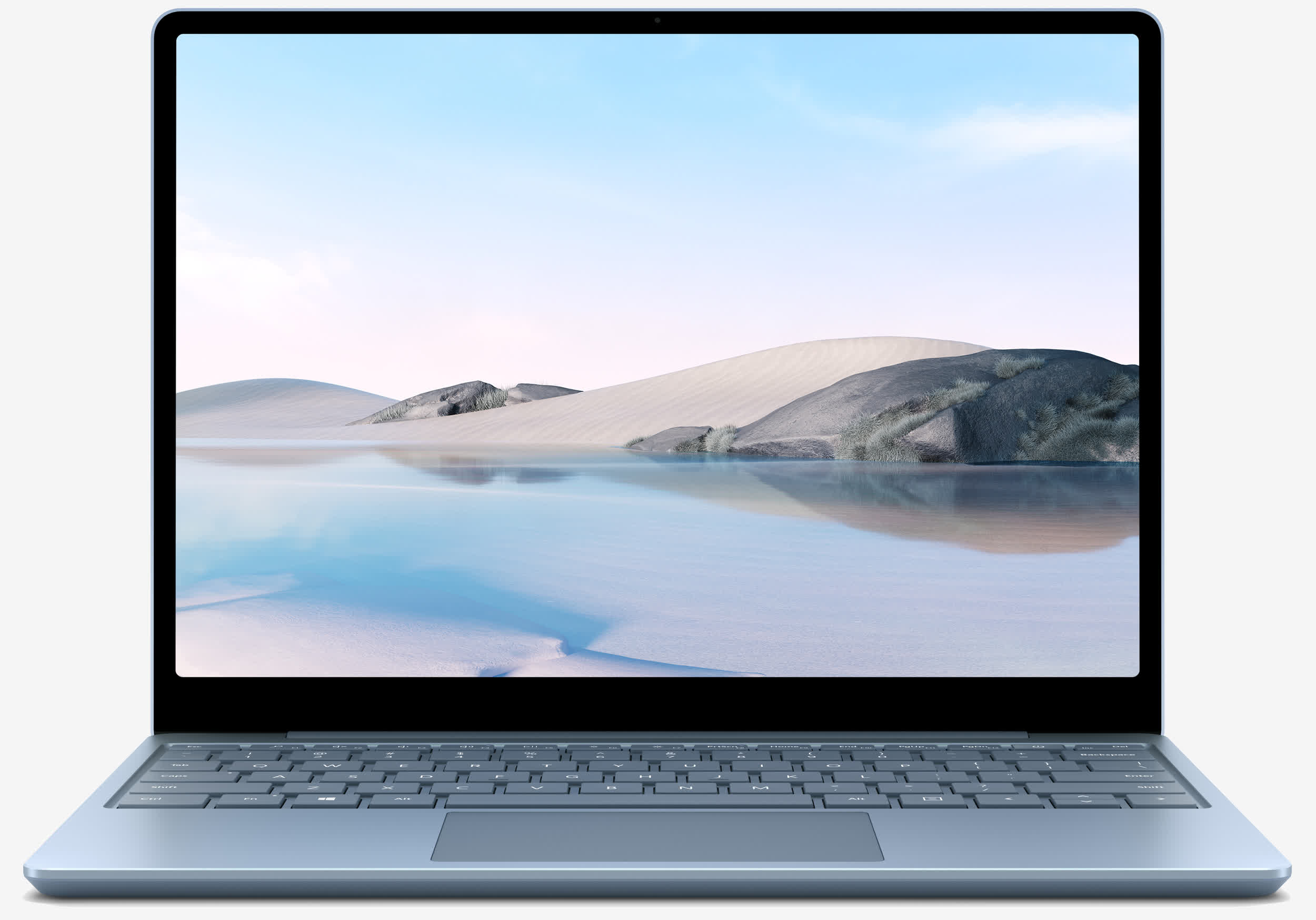In context: On a day when most tech industry watchers are likely focused on the latest smartphones, it’s worth taking a step back to consider arguably the most important, yet consistently underrated personal tech product category that exists: the personal computer.

Just yesterday, my former colleagues at IDC, as well as several other industry research firms announced calendar Q3 shipments for the worldwide PC market and they were up nearly 15% year-over-year—the strongest growth rate in over a decade. Obviously, the pandemic and the subsequent work-from-home and learn-from-home movements that it has inspired played a huge factor in these impressive numbers. Indeed, the new metrics for PC measurement have moved from one-per-household to one-per-person, offering the potential for continued growth in the market for several quarters to come.
On one hand, it’s easy to say that these developments were obvious, but for a category that many had written off for dead not that long ago, these results highlight and strongly affirm how the PC is (and will continue) providing real-world value to hundreds of millions of people around the world on a daily basis.
What’s particularly exciting about these figures from the perspective of a long-time PC industry follower is that they’re also coming at a time when we’re seeing some of most impressive new technological advances and product introductions that we’ve seen in a very long time. Think about it. In just the last six weeks on the component side alone we’ve seen the debut of Intel’s 11th generation Core (codenamed “Tiger Lake”) CPUs, their new Xe graphics architecture and the Evo platform, the launch of Nvidia’s Ampere architecture-based 3000 line of desktop gaming GPUs, the unveiling of AMD’s Ryzen 3-powered 5000 series desktop CPUs and a hint at their forthcoming next-generation GPUs (codenamed “Big Navi”), and even the entrance of Microsoft’s Arm-based SQ2 processor, a variant of the Qualcomm’s Snapdragon 8cx Gen 2 chip.
Speaking of Arm, on the software side of the house, Microsoft also announced that they were adding support for running 64-bit x86 applications in emulation in a forthcoming version of Windows 10 designed for Arm CPU-based devices, such as their newly upgraded Surface Pro X. While that may sound modest, it should go a long way towards some of the key compatibility problems that have limited the appeal of Windows on Arm-based PCs to date.

We’ve also seen a tremendous number of exciting new PC systems, including the long-awaited Lenovo launch of the $2,499 X1 Fold foldable PC, which is now available for pre-ordering. Featuring a single 13.3” screen that can fold into two separate 9.6” screens, the X1 Fold pushes the limits on what we’ve seen on PC form factors and could tap into the excitement that’s begun to build around foldable smartphones, such as Samsung’s Galaxy Z Fold 2 5G. Lenovo also just launched it’s first ever sub-2 pound laptop, the $1,399 X1 Nano—one of the first machines to meet the specs for Intel’s previously mentioned Evo platform spec.
Not to be outdone, both HP and Dell have also introduced a slew of impressive new PCs and peripherals. The latest HP Spectre x360, starting at $1,199, for example, features a 3:2 aspect ratio, which offers about 20% more vertical viewing space for working on documents or scrolling web pages than typical 16:9 ratio displays. For their part, Dell recently made several additions to their impressive display line, including a new 34” curved monitor, the $1,199 UltraSharp 34 Curved USB-C Hub Monitor.

In addition to the updated Surface Pro X mentioned earlier, Microsoft also recently brought their popular Surface Laptop down to a new price point with the debut of the $599 Surface Laptop Go.
In addition to updated CPUs and graphics capabilities, many of these new PCs offer either built-in or optional 5G modem support, giving them the opportunity for longer useful lifetimes. Admittedly, not too many people are worrying about mobile connectivity issues right now, but there will certainly come a time in the hopefully not-to-distant future where the ability to access a high-speed, always-on data connection no matter where you are is going to be incredibly important. Most of us have become very accustomed to reasonably (or even very) fast connectivity in our work-from-home environments and the connectivity demands and expectations for PCs are going to last well beyond the pandemic.
The bottom line is that we’re truly in a renaissance period for the PC, with tremendous competition and advancements from chipmakers and other component suppliers, innovative new designs, feature combinations and price points from system makers, and an overall renewed sense of vigor and, dare I say, swagger in the PC market. As with all technology trends, the focus on PC resurgence won’t last forever, but it’s clearly made a big enough impact already that any predictions for the death of the PC won’t be heard for a very long time to come.
Bob O’Donnell is the founder and chief analyst of TECHnalysis Research, LLC a technology consulting firm that provides strategic consulting and market research services to the technology industry and professional financial community. You can follow him on Twitter @bobodtech.
Masthead credit: Vinayak Sharma
https://www.techspot.com/news/87092-opinion-pc-growth-evolution-continues-impress.html